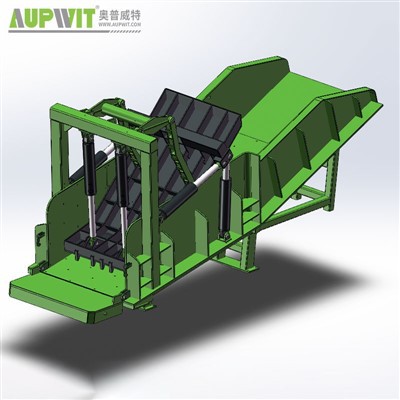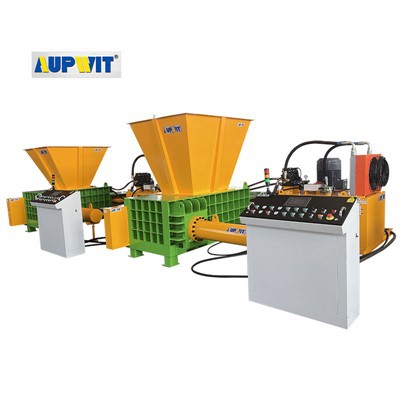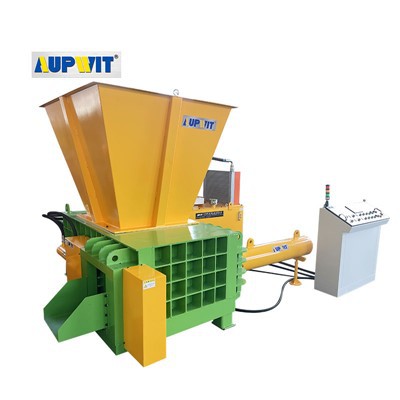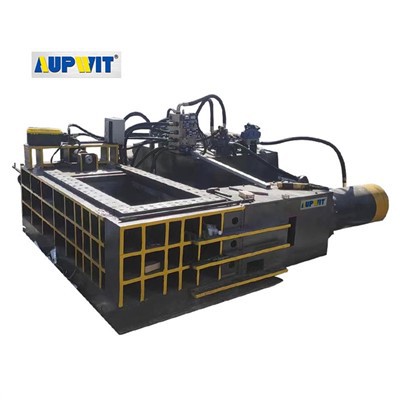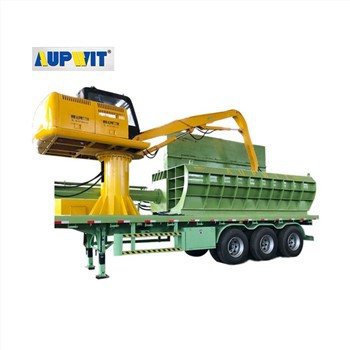Controlling vibration during the operation of an aluminium briquetting machine is essential for ensuring equipment stability, reducing wear, and maintaining a safe working environment. Excessive vibration can lead to component damage, noise issues, and inconsistent briquette quality.
Proper Installation
Ensure the machine is mounted on a stable, level foundation designed to absorb and distribute forces evenly. Using vibration-damping pads between the machine and its base helps isolate vibrations from spreading to surrounding structures.
Regular Inspection
Check for worn or misaligned parts such as bearings, pistons, and drive mechanisms. Replace damaged components promptly and ensure all parts are properly lubricated to reduce friction. Aligning the compression system correctly ensures forces are applied evenly.
Optimizing Parameters
Adjust feeding rates to ensure a consistent material supply. Balancing the compression pressure with material characteristics prevents overloading. Monitoring vibration levels during operation allows for timely adjustments.
Additional Vibration Control Measures
- Installing vibration-absorbing materials around high-movement areas, such as hydraulic cylinders or motor mounts
- Adding protective covers or shields around moving parts not only enhances safety but also reduces vibration transfer
- Ensuring the machine frame is structurally sound, with no loose or damaged sections
- Training operators to recognize abnormal vibration patterns and report unusual noises or movements
- Establishing regular maintenance routines focused on vibration-related checks
Implementing these vibration control strategies will improve equipment stability, reduce wear, ensure operator safety, and maintain consistent briquette quality.


